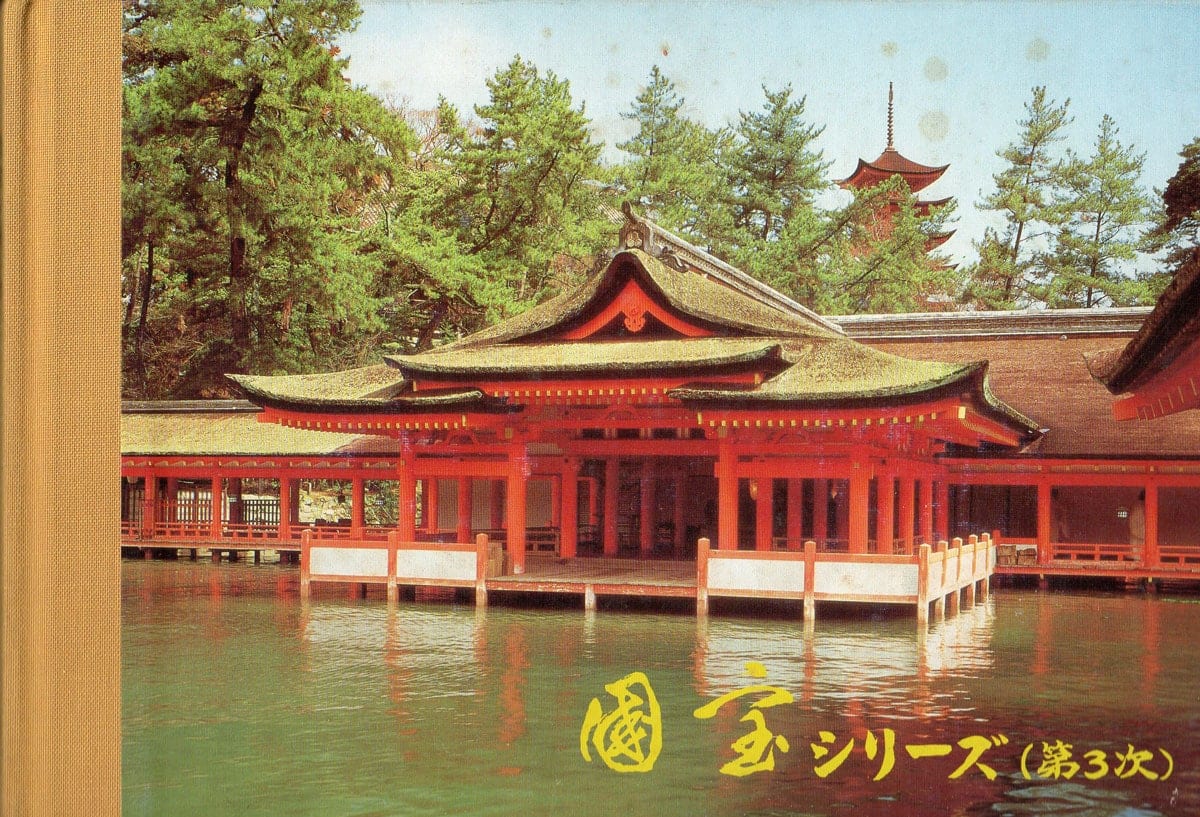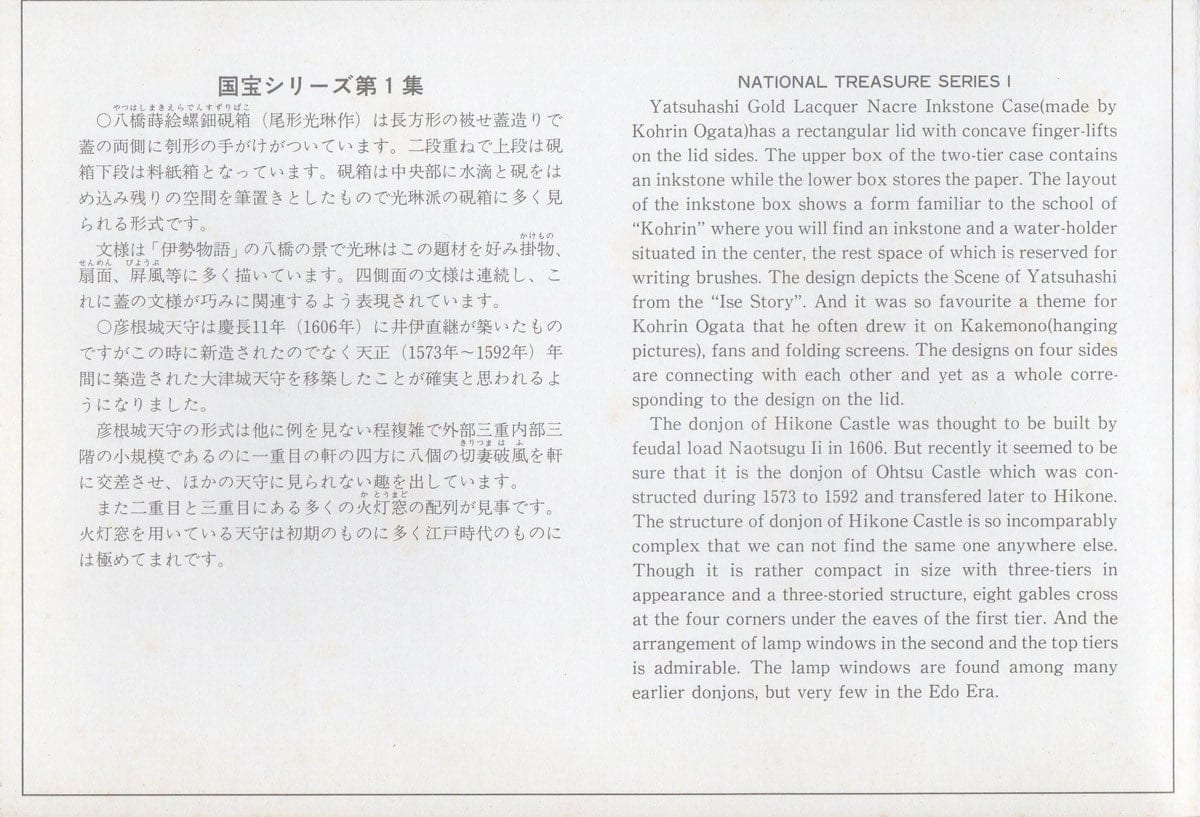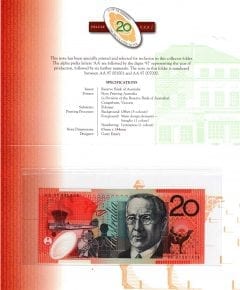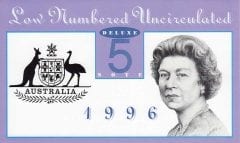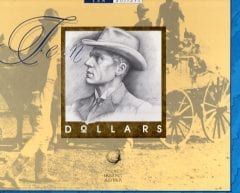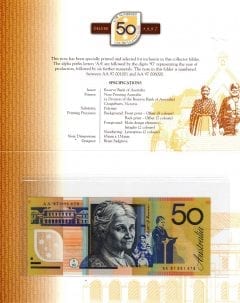Description
REFERENCE: KW/JAPAN 1987/1989.
Collection Description: This beautifully presented collection of rare Japanese stamp, Covers The National- Treasure Series circa 1987 to 1989. Denominations of the range in 1987 with the 60 Nippon & 100 Nippon to the final issue in 1989 of the 62 Nippon and 100 Nippon.
The collection although issued with limited series numbers, has rarely been seen outside of Japan since the 1980’s. A Philatelist and/or Numismatic Collector.
Would find this set so attractive, dealing with such important historical facts from the Donjon, Dodi, Kazakury. Yakushima periods.
NATIONAL TREASURE SERIES I
Yatsuhashi Gold Lacquer Nacre Inkstone Case(niade by Kohrin Ogata)has a rectangular lid with concave finger-lifts on the lid sides. The upper box of the two-tier case contains an inkstone while the lower box stores the paper. The layout of the inkstone box shows a form familiar to the school of “Kohrin” where you will find an inkstone and a water-holder situated in the center, the rest space of which is reserved for writing brushes. The design depicts the Scene of Yatsuhashi from the “Ise Story”. And it was so favourite a theme for Kohrin Ogata that he often drew it on Kakemono (hang ing pictures), fans and folding screens. The designs on four sides are connecting with each other and yet as a whole corresponding to the design on the lid.
The donjon of Hikone Castle was thought to be built by feudal load Naotsugu li in 1606. But recently it seemed to be sure that it is the donjon of Ohtsu Castle which was constructed during 1573 to 1592 and transfered later to Hikone. The structure of donjon of Hikone Castle is so incomparably complex that we can not find the same one anywhere eise. Though it is rather compact in size with three-tiers in appearance and a three-storied structure, eight gables cross at the four corners under the eaves of the first tier. And the arrangement of lamp windows in the second and the top tiers is admirable. The lamp windows are found among many earlier donjons, but very few in the Edo Era.

